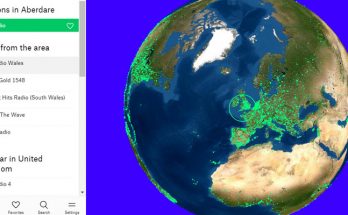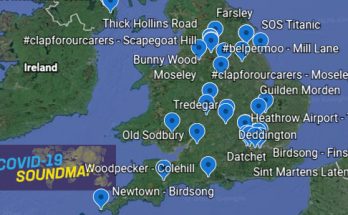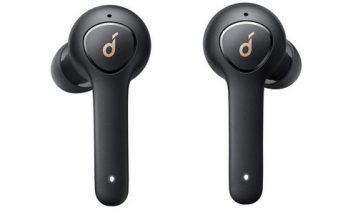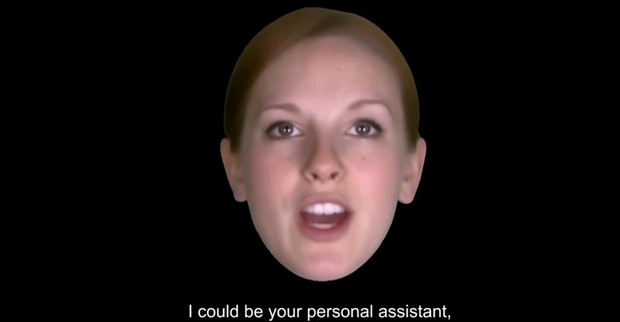
Created by researchers in Cambridge, England, this incredibly realistic digital avatar can express a full range of human emotions by altering facial expressions to match the tone of the voice.
Researchers think that the virtual noggin – dubbed Zoe – could be used as a digital personal assistant.
The lifelike face can display a range of emotions including happiness, anger, and fear, with the voice changing to reflect the intended mood.
Users are able to type in a message and then dial in the required mood, with the avatar’s face and voice tone echoing the intended sentiment.
The result of a collaboration between researchers at Toshiba’s Cambridge Research Lab and the University of Cambridge’s Department of Engineering, the avatar was created by recording thousands of words spoken by ‘Hollyoaks’ actress, Zoe Lister, as well as filming her facial expressions.
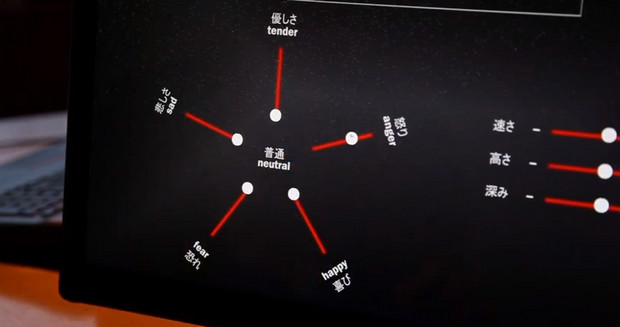
Better than the real thing
Although the video above shows that there’s still some way to go before the character is entirely believable as a human, it seems that what she says is very easy to understand.
In tests, volunteers were able to correctly recognise the avatar’s chosen emotion with a 77% accuracy rate – better than the 73% accuracy rate achieved when the same volunteers were asked to identify the emotions of the real-life Zoe Lister!
The team behind the project think that the technology could find use as a digital personal assistant on mobiles, and they are also working with a school for autistic and deaf children, where the technology could be used to help pupils to “read” emotions and lip-read.
“This technology could be the start of a whole new generation of interfaces which make interacting with a computer much more like talking to another human being,” Professor Roberto Cipolla, from the Department of Engineering, University of Cambridge, said.
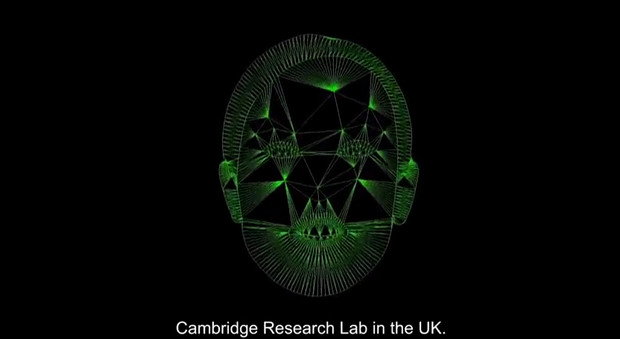
“Present day human-computer interaction still revolves around typing at a keyboard or moving and pointing with a mouse.” Cipolla added.
“For a lot of people, that makes computers difficult and frustrating to use. In the future, we will be able to open up computing to far more people if they can speak and gesture to machines in a more natural way. That is why we created Zoe – a more expressive, emotionally responsive face that human beings can actually have a conversation with.”
